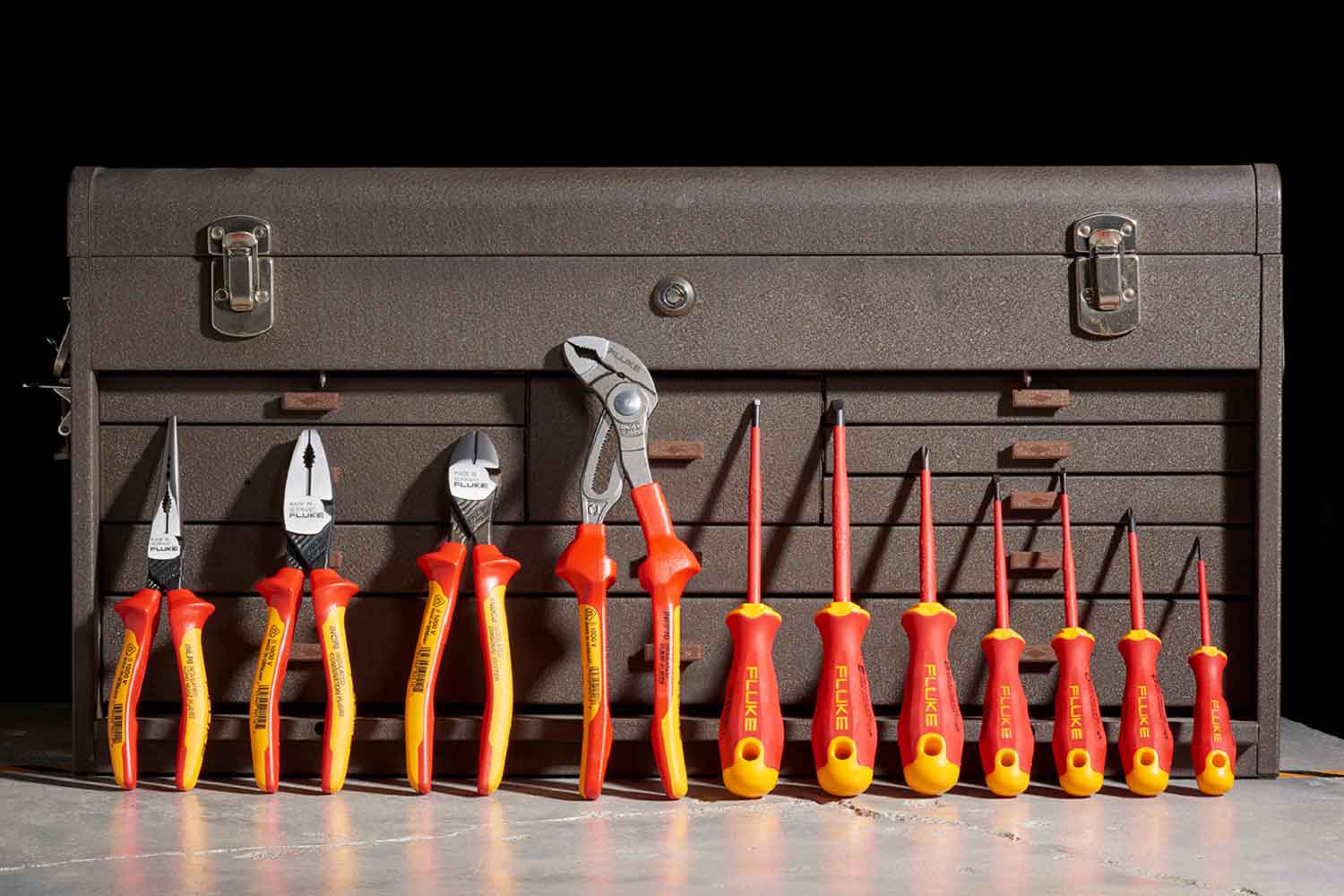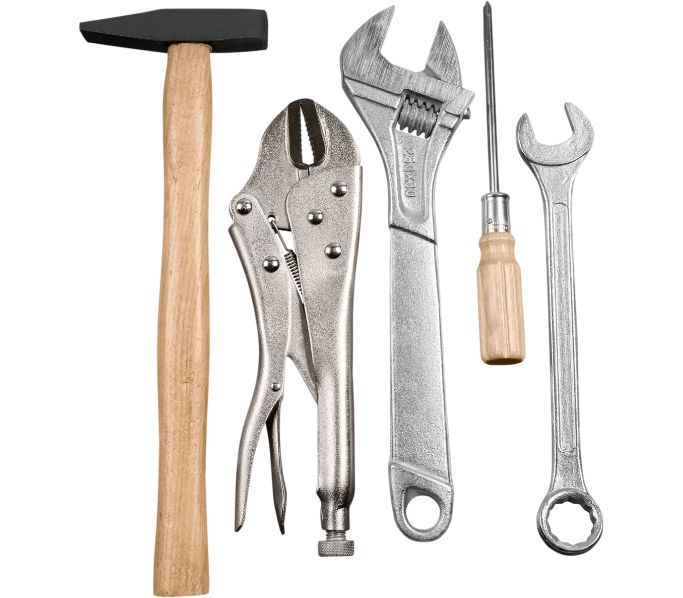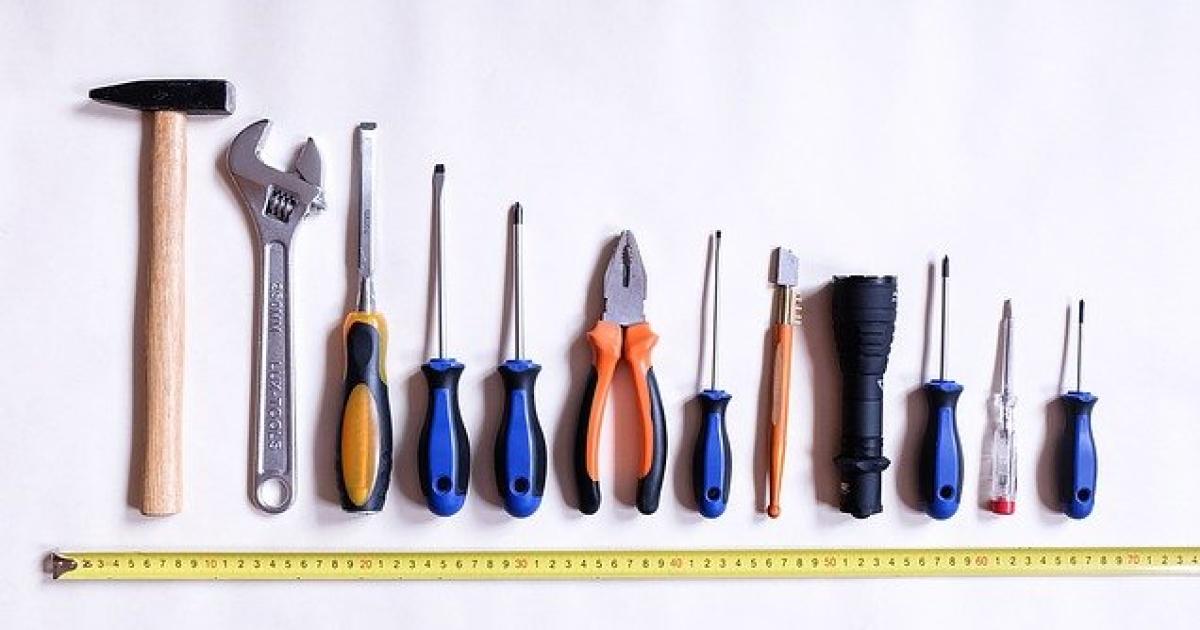Introduction:
Hand tool safety is of paramount importance in any work environment or DIY project. Accidents and injuries can be prevented by taking the necessary precautions and following best practices. In this comprehensive passage, we will explore the topic of hand tool safety from five distinct perspectives: awareness, proper usage, personal protective equipment (PPE), maintenance, and training. By examining these perspectives, we can gain a deeper understanding of the significance, benefits, and best practices associated with ensuring hand tool safety.

1. Awareness:
Recognizing Hazards to Prevent Accidents
The importance of awareness cannot be overstated when it comes to hand tool safety. Being aware of potential hazards associated with hand tools is crucial for preventing accidents. It involves recognizing potential dangers and taking proactive measures to mitigate risks.
Promoting a culture of awareness is vital in creating a safe work environment. Individuals should be encouraged to identify and report potential hazards, such as slippery surfaces, sharp edges, or unstable materials. Regular inspections of tools, workspaces, and surrounding areas can help identify potential risks. By being aware of potential hazards, individuals can take appropriate measures to prevent accidents and maintain a safe working environment.
Awareness also extends to understanding the limitations of hand tools. Each tool has its own specifications and intended use. Using a tool inappropriately or for tasks it is not designed for can lead to accidents and injuries. Individuals must be aware of the proper tool for each job and use it accordingly.
Another crucial aspect of awareness is understanding the importance of focus and concentration while using hand tools. Distractions can lead to mistakes and accidents. By being fully present and attentive to the task at hand, individuals can minimize the risk of errors and injuries.

2. Proper Usage:
Following Guidelines for Safe Operation
The proper usage of hand tools is essential for maintaining a safe work environment. Each hand tool is designed for specific tasks and has its limitations. Understanding the intended purpose and following manufacturer’s guidelines is key to preventing accidents and injuries.
Individuals should familiarize themselves with the correct operation and handling of each hand tool they use. This involves reading and understanding the tool’s instruction manual, safety guidelines, and any specific warnings. Using hand tools inappropriately or for tasks they are not designed for can lead to accidents and tool failure. Adhering to proper usage guidelines ensures the safe and efficient operation of hand tools.
It is also important to consider the ergonomics of using hand tools. Improper ergonomics can lead to muscle strain, fatigue, and repetitive strain injuries. Individuals should learn and apply the proper techniques for holding and using hand tools to minimize the risk of physical discomfort or long-term injuries.
Proper usage also encompasses taking precautions when using power tools. Power tools can be more dangerous than manual hand tools due to their higher speed and power. Understanding how to safely operate and control power tools is essential to prevent accidents and injuries.

3. Personal Protective Equipment (PPE):
Ensuring Worker Safety
The use of personal protective equipment (PPE) is crucial for hand tool safety. PPE helps protect individuals from potential hazards, such as flying debris, sharp edges, or chemical exposure. Employers have a responsibility to provide the necessary PPE to workers and ensure that it is properly fitted and in good condition.
Common PPE items for hand tool safety include safety glasses, gloves, hearing protection, and steel-toed boots. The specific PPE required may vary depending on the tasks performed and the potential hazards present. It is essential for workers to understand the importance of wearing PPE consistently and to be vigilant in its use. Wearing the appropriate PPE not only reduces the risk of injuries but also promotes a safety-conscious culture in the workplace.
Safety glasses are essential for protecting the eyes from debris, dust, or sparks that may be generated while using hand tools. Gloves provide hand protection and improve grip when handling tools, reducing the risk of cuts or abrasions. Hearing protection, such as earplugs or earmuffs, should be used in loud environments to prevent hearing damage. Steel-toed boots provide foot protection from falling objects or accidental impacts.
Proper fitting and maintenance of PPE is crucial for its effectiveness. PPE should fit comfortably and securely without impairing movement or functionality. Regular inspections should be conducted to ensure that PPE is in good condition, and any damaged or worn-out items should be replaced immediately.

4. Maintenance:
Keeping Tools in Safe Working Condition
Regular maintenance of hand tools is crucial for ensuring their safe operation. Tools that are worn, damaged, or defective can pose significant risks to users. Regular inspections and maintenance help identify potential hazards before they lead to accidents.
Individuals should routinely check their hand tools for signs of wear, damage, or defects. This includes inspecting handles for cracks or splinters, checking cutting edges for dullness or chips, and verifying that adjustable parts are functioning correctly. Any damaged or malfunctioning tools should be immediately removed from service and either repaired or replaced.
Proper tool storage is also an important aspect of maintenance. Tools should be stored in designated areas, secured to prevent falling, and protected from exposure to moisture, extreme temperatures, or corrosive substances. The storage area should be clean and organized, allowing easy access to tools while minimizing the risk of accidental contact or damage.
Regular cleaning and lubrication of tools can also prolong their lifespan and ensure safe operation. Cleaning tools after use helps remove debris and buildup that can affect their functionality. Lubricating moving parts, such as hinges or joints, reduces friction and allows for smooth operation. Additionally, rust prevention measures should be taken, especially for tools that may come into contact with moisture.
Individuals should also be aware of the proper disposal of damaged or broken tools. These tools should not be used or stored, as they can pose a safety risk. Additionally, they should be disposed of following appropriate regulations and guidelines to minimize environmental impact.

5. Training:
Providing Education and Skill Development
Comprehensive training programs are essential for ensuring safe hand tool usage. Proper training educates workers and DIY enthusiasts on correct tool handling, safety procedures, and risk mitigation strategies. It empowers individuals with the knowledge and skills necessary to work safely and prevent accidents.
Training should cover various aspects of hand tool safety, including hazard identification, safe work practices, emergency response, and the proper use of PPE. The content of the training should be tailored to the specific tasks and tools individuals will be working with. Employers should invest in ongoing training to keep workers updated on new tools, technologies, and safety regulations.
Training programs should not only focus on theoretical knowledge but also include practical exercises that allow individuals to apply their skills in a controlled environment. Hands-on training sessions can simulate real-life work scenarios, allowing individuals to practice using tools safely and efficiently. Regular refresher courses and assessments can help reinforce hand tool safety practices and ensure that individuals stay up to date with best practices.
Furthermore, training should emphasize the importance of communication and teamwork in maintaining a safe work environment. Encouraging open dialogue and collaboration among team members promotes a safety-conscious culture, where everyone looks out for each other’s well-being. Training sessions could include role-playing exercises or group discussions to enhance communication skills related to hand tool safety.

Conclusion:
Hand tool safety is a critical aspect of any work environment or DIY project. By considering the perspectives of awareness, proper usage, personal protective equipment, maintenance, and training, individuals can create a comprehensive approach to hand tool safety. Raising awareness of potential hazards, following proper usage guidelines, wearing appropriate PPE, conducting regular maintenance, and providing comprehensive training are all key elements in ensuring hand tool safety.
A culture of safety, combined with proper education and training, is crucial for preventing accidents and injuries. Employers and individuals must prioritize hand tool safety and take proactive measures to minimize risks. By implementing the practices discussed in this passage, individuals can work confidently and efficiently, knowing that their well-being is protected. Hand tool safety is not only about personal protection but also about creating a safe and productive work environment for everyone involved.